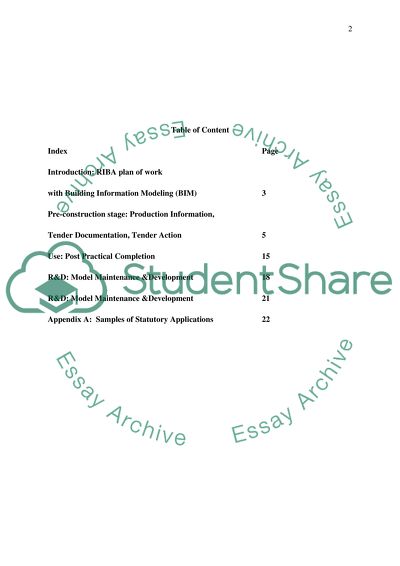Cite this document
(“RIBA plan of work: Stages F,G,H, L,M Research Paper”, n.d.)
Retrieved from https://studentshare.org/architecture/1402690-riba-plan-of-work-stages-fgh-lm
Retrieved from https://studentshare.org/architecture/1402690-riba-plan-of-work-stages-fgh-lm
(RIBA Plan of Work: Stages F,G,H, L,M Research Paper)
https://studentshare.org/architecture/1402690-riba-plan-of-work-stages-fgh-lm.
https://studentshare.org/architecture/1402690-riba-plan-of-work-stages-fgh-lm.
“RIBA Plan of Work: Stages F,G,H, L,M Research Paper”, n.d. https://studentshare.org/architecture/1402690-riba-plan-of-work-stages-fgh-lm.


